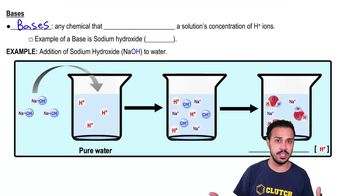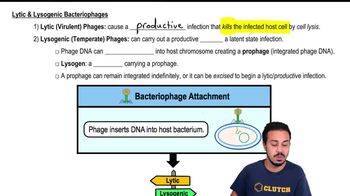Transcription produces _____________ .
a. DNA molecules
b. RNA molecules
c. polypeptides
d. palindromes
 Verified step by step guidance
Verified step by step guidance



Transcription produces _____________ .
a. DNA molecules
b. RNA molecules
c. polypeptides
d. palindromes
A sequence of nucleotides formed during replication of the lagging DNA strand is a(n) ___________ .
a. palindrome
b. Okazaki fragment
c. coding strand
d. operon
Which of the following is a true statement concerning prokaryotic chromosomes?
a. They typically have two or three origins of replication.
b. They contain single-stranded DNA.
c. They are located in the cytosol.
d. They are associated in linear pairs.
Which of the following is not part of an operon?
a. operator
b. promoter
c. origin
d. gene
List several ways in which eukaryotic messenger RNA differs from prokaryotic mRNA.
A triplet of mRNA nucleotides that specifies a particular amino acid is called a ____________ .